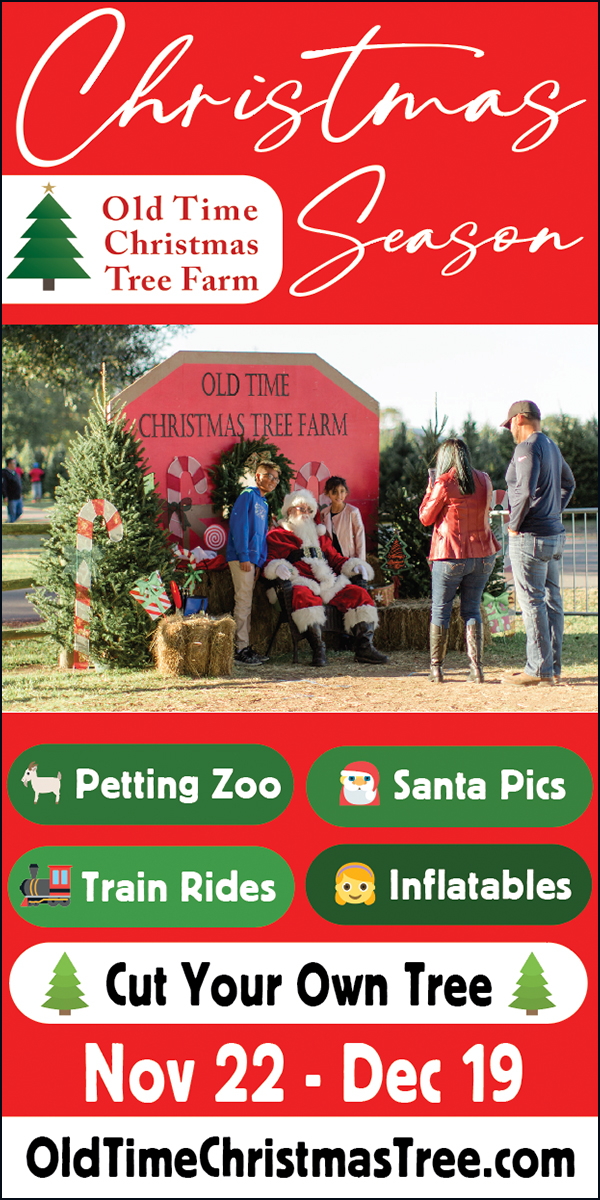
Harris County Master Gardeners Share Expert December Gardening Tips for Harris County Residents
As December settles in and cooler weather finally arrives, it’s the perfect time to prepare your garden for the winter months while laying the foundation for a successful spring. Whether you're an experienced gardener or a beginner, the Harris County Master Gardeners, part of the Texas A&M AgriLife Extension Service, have expert advice to help you keep your garden thriving during the season.
General Garden Care
First things first—check your garden’s moisture levels. With cooler temperatures, supplemental watering is typically unnecessary, but it’s still important to monitor your plants. Keep an eye out for areas that may be "too wet" or "too dry" and water accordingly. A two-to-three-inch layer of mulch will help maintain consistent soil temperatures, deter weeds, and retain moisture.
As you clean up your garden, gather fallen leaves and either use them as mulch or add them to your compost pile. Remember, a general garden cleanup in December can go a long way toward ensuring a healthy garden next spring. If you’re expecting frost, which typically arrives between November 7-28 for Zone 8 or November 25-December 13 for Zone 9, be ready to protect your tender plants.
Perennials, Ornamental Grasses, and Natives
December is a great time to cut back perennials that have finished blooming. You can also cut back ornamental grasses, though you may want to leave the tan seed heads for their winter display. If you haven’t done so yet, now is the time to finish dividing spring-blooming perennials, especially those that need dividing every couple of years. And don’t forget, wildflower seeds can still be sown—gently rake them into the soil for a colorful surprise in the spring.
Annuals
For cool-weather blooms, consider planting annuals like snapdragons, violas, pansies, and dusty miller. Keep in mind that annuals should only be fertilized if they are showing symptoms of deficiencies, such as pale or yellowing leaves or stunted growth. As always, mulch around your annuals to help retain moisture and protect the roots from cold temperatures.
Bulbs
Finish planting early spring-blooming bulbs like tulips and hyacinths—make sure your tulips are refrigerated for at least three weeks before planting. Be careful not to dig into areas where you’ve planted bulbs, and mark the locations of dormant summer bulbs. If you haven’t already, it’s also time to cut back any brown foliage from bulbs that have already finished flowering.
Shrubs and Trees
December is an excellent time to plant or move woody ornamentals like shrubs, trees, and roses. The cool weather gives these plants time to establish roots before the heat of summer arrives. Keep azalea roots moist to avoid damage, and wait until late December to prune most shrubs, as they will likely be dormant by then. Avoid pruning spring-blooming shrubs, as this could interfere with next season’s blooms.
Lawns
Gather fallen leaves from your lawn, as they can shade grass and promote weed growth. Use a mulching mower to break down the leaves directly on the lawn, or gather them for composting or mulching. If you haven’t overseeded your lawn with ryegrass, there isn’t much to do in December, but continue keeping the lawn free of leaves and debris.
Groundcovers and Vines
December is a prime time to plant hardy perennial vines, which will establish roots through the cooler months, ready to grow come spring. No fertilization is needed for these plants until the spring. If you’re looking to expand your garden, you can also divide and transplant hardy groundcovers during this time.
Edibles (Vegetables, Herbs, and Fruits)
This is a good time to prepare your vegetable garden for the spring by clearing out dead plants, removing weeds, and tilling the soil. If you haven’t already, you can plant cool-season crops like radishes, lettuce, and beets, using the Harris County Vegetable Planting Guide to help guide your choices. And if you have citrus trees like oranges or satsumas, you may be able to start harvesting fruit in December—just be sure to pick them before they turn fully orange for the best flavor.
Final Tips
Don’t forget to prepare your garden for the cold by gathering materials to protect plants from frost. You’ll also want to check on your stored bulbs and continue keeping your garden tools in good shape. By following these tips from the Harris County Master Gardeners, your garden will be ready to face the winter months and thrive in the spring!
For more information on specific gardening tasks, tips, or upcoming events, reach out to the Harris County Master Gardeners at txmg.org/hcmga. Happy gardening!
 Tiffany Krenek has been on the My Neighborhood News team since August 2021. She is passionate about curating and sharing content that enriches the lives of our readers in a personal, meaningful way. A loving mother and wife, Tiffany and her family live in the West Houston/Cypress region.
Tiffany Krenek has been on the My Neighborhood News team since August 2021. She is passionate about curating and sharing content that enriches the lives of our readers in a personal, meaningful way. A loving mother and wife, Tiffany and her family live in the West Houston/Cypress region.







